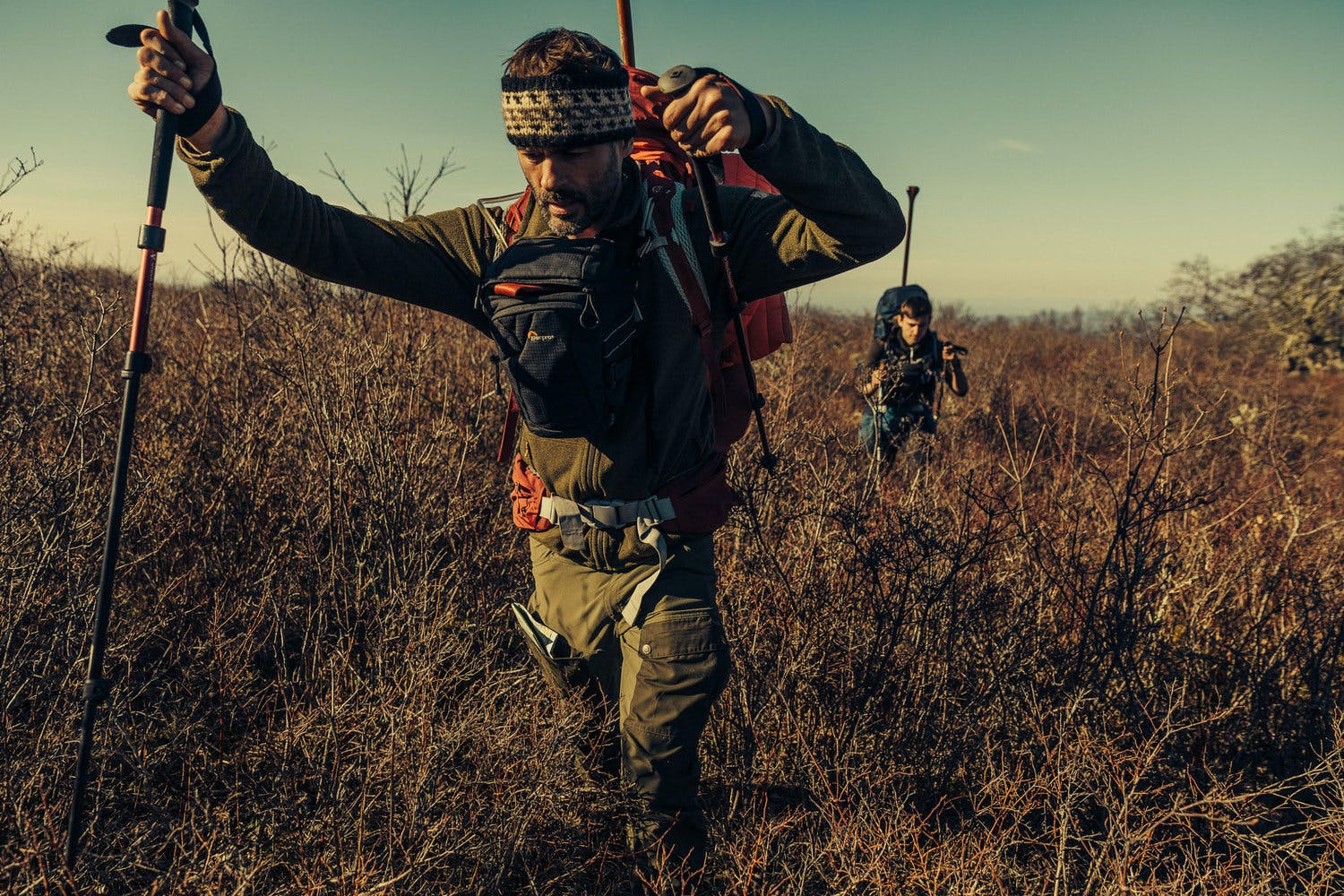Ian Finch is a former-Royal Marine Commando and an experienced outdoor photographer and expedition guide. His remarkable adventure CV includes a 1300-mile expedition on the Cherokee Trail of Tears - the route followed by the native Cherokee people who were forced to leave their ancestral homelands in the Great Smoky Mountains and move to Tahlequah, Oklahoma in 1838, as well as a 2000-mile canoe descent of the Yukon River in Canada and Alaska and a hiking trip deep into the Norwegian wilderness.
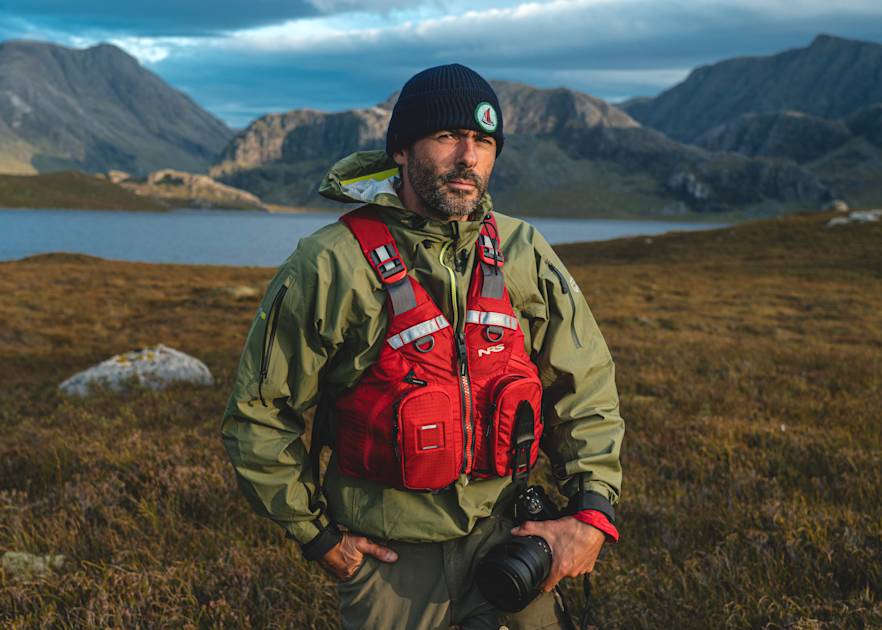
Based in London when he’s not exploring some far flung corner of our wonderful world, Ian is also - we’re pleased to report - a very friendly guy. We caught up with the adventurer to ask him seven quick questions about his life in adventure. It ended up being six quick questions, and one quite lengthy description of a near death experience involving a canoe, a tornado and the Mississippi, but… well, quite frankly it's a mesmerising survival story, so we had to keep it in.
Thanks for joining us Ian! So, what’s your favourite travel memory?
One that comes to mind is a trip in Indonesia. We were hiking, on our way to take some people to stay with a tribal community that lived in these beautiful thatched huts in the middle of the jungle. I remember the first time I ever did the trip, you hike through the jungle and come to the place where the tribe lives. You’re above them on this mountainside, looking down onto a plateau. It’s not as a grand, or as big, as Machu Picchu but it’s a plateau reaching into a valley, flanked by mountains on every side, and you see this horseshoe of huge, thatched huts in the distance. The first time I saw that it took my breath away.
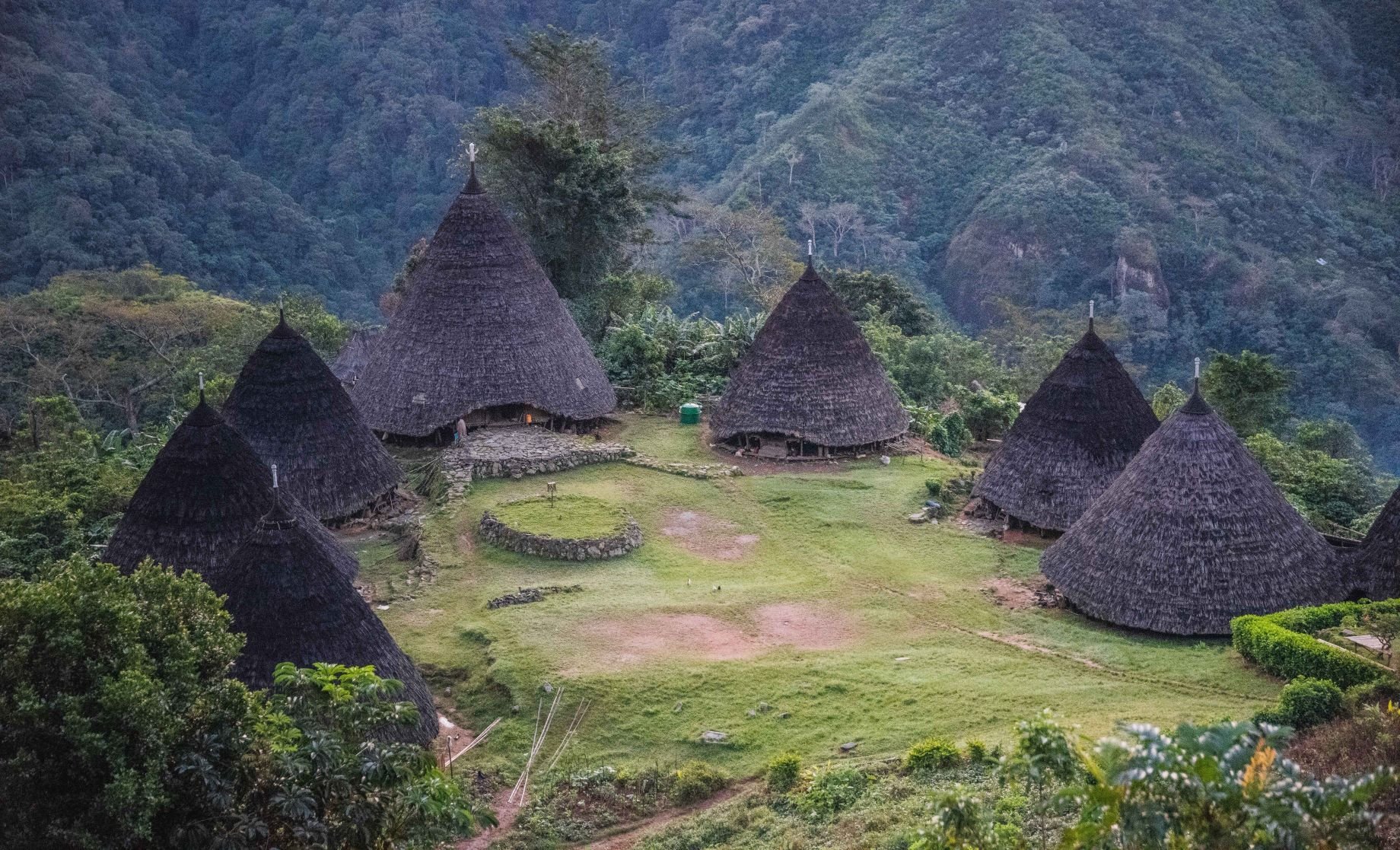
What’s your oldest, trustiest bit of kit?
I tend to try and be as modern as I can, but I do have this yak fur headband I wear absolutely everywhere - and on every trip if it gets cold. I got it in Nepal, up in the mountains from a very, very, very small shop. It was really cheap but it’s 100% yak fur and it’s this multi-coloured, knitted headband. I might sound a bit crazy but I wear it all the time. It’s become a bit of a trademark.
The best place you’ve ever camped?
There’s been a few! A recent one was up in Scotland with a friend. We did a week-long expedition where we paddled the length of a few lochs and then pulled the canoe over a mountain and… did all manner of things. One of the first nights we camped on an island in the middle of Loch Maree. There's a little cluster of islands in the loch, with 100-year-old Caledonian pines all over them and deer roaming, and sandy beaches. It was flanked by huge mountains on one side, and it was just stunning. We canoed into one of the islands with a sandy beach and built a fire, and woke up in the morning to pink and purple skies.
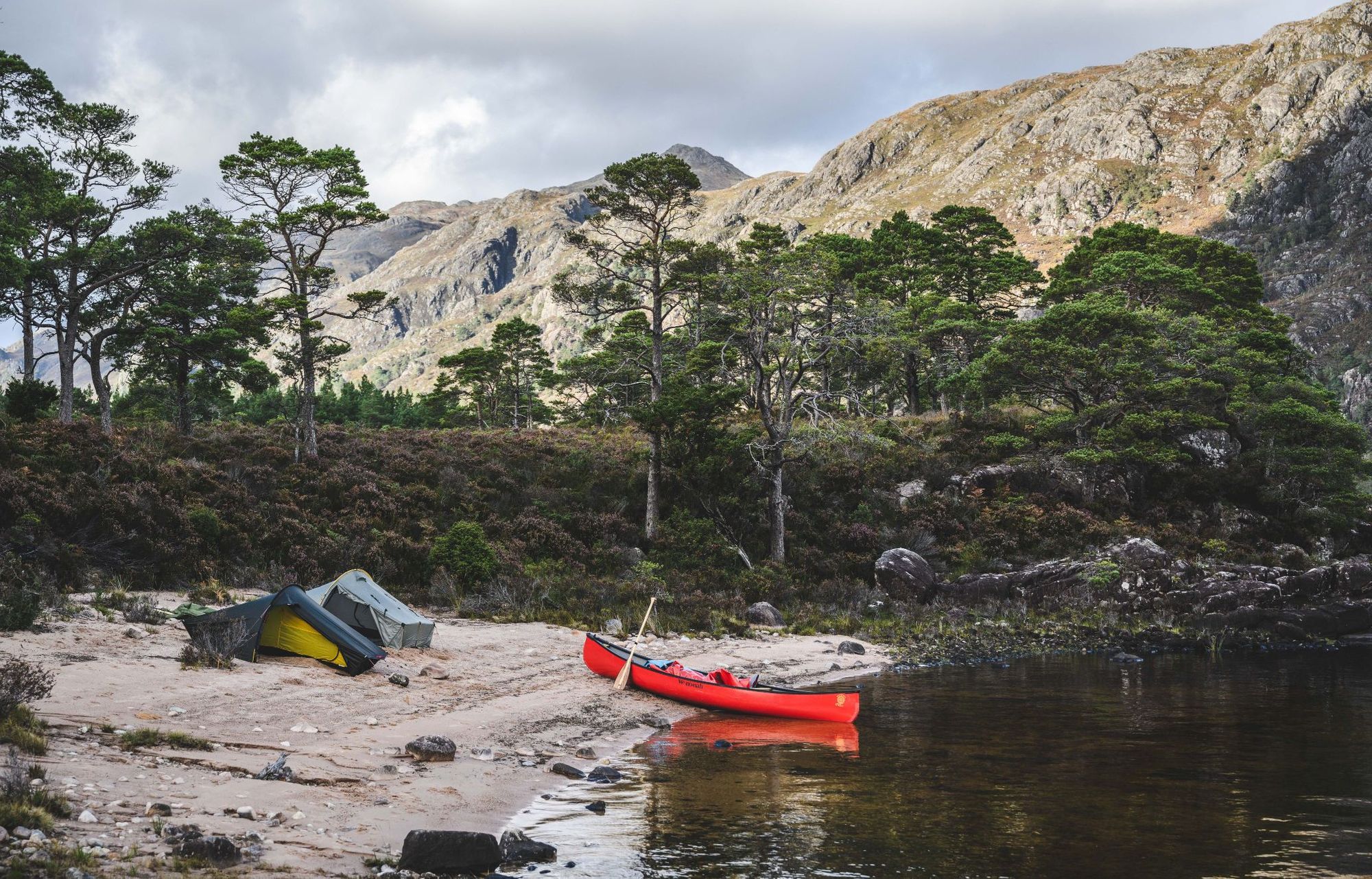
What’s the hiking trail closest to your heart?
It would be a group of trails through the Great Smoky Mountains. In 2019, with a friend of mine, we crossed them on foot [as part of the Cherokee expedition]. We followed these small switchback trails that went all the way to the top of the mountain, and then we followed the Appalachian Trail on top and cut back down on a different trail. Those trails were very memorable because they were right on the ridgeline and there were some right dicey areas, with knife-edge drops.
Sounds great. Now onto the other side. A time an adventure went wrong?
One time we almost drowned; almost died in our canoes. It was on the same expedition, about six weeks later, following the route of the Cherokee people.
We were paddling the Mississippi River, and even today, the Mississippi is a superhighway for boats. It’s still cheaper to move goods - coal, grain, petroleum - down the river than by road, so they have these huge barges that push up to 30 huge, 100ft-long metal containers up and down the river. Now, when we were on the Mississippi it was dangerously flooded. It was higher and wider. The river had been pushed into forests. We had mapped the river but this changed the current and hydrology - and it became a borderline deathtrap.
The river was so high it was submerging the trees and structures on the side of the river. So on this day, we were coming to a point where the Ohio River was meeting the Mississippi, so two of the country’s mightiest rivers are meeting, and at a bend in the river, which is a river's fastest point. We had stopped earlier in the day because winds were too bad. There were storms rolling in and out, and it was tornado season in the region, but we had a point that we were going to, a couple of miles down the river. We were going to have somewhere to stay, something warm, and we were going to have pizza, so the incentive to get there was strong!

Now, when the barges aren't being used, these big metal containers are stored on the side of the Mississippi. So there were hundreds of metal containers along the river, and a six or seven foot channel between the land and the containers.
We decided to paddle down the side of the containers, and every now and then there would be an eddy - an area of water that’s like a safe haven for canoeists or kayakers, where the current is reversed and you’re in effectively a piece of still water, so you can stop safely and recuperate or take a picture or whatever.
We were watching it form a huge V-shape cloud formation. It looked like the end of the world.
We were stopping in these eddies for about a mile and we had another mile left, but to our west there was a forming tornado. We were watching it form a huge V-shape cloud formation. It looked like the end of the world. We knew we had to either paddle through really dangerous water, and it was starting to rain quite heavily, or we had to sit out in a tornado. So it was a bit of a Catch-22.
We decided to make a break for it. So we started to paddle again down the side of the containers and then we thought we found an eddy. So we stopped, but we weren’t actually in an eddy, we were in an area of current. So when I looked up, we were actually getting sucked down under one of the static containers. I screamed out to paddle. I was turning the canoe away from the container. It had an angled edge, so the water was getting sucked down and underneath it fast, and thankfully, within three or four seconds we got just one foot past the container. We just survived getting sucked underneath it.
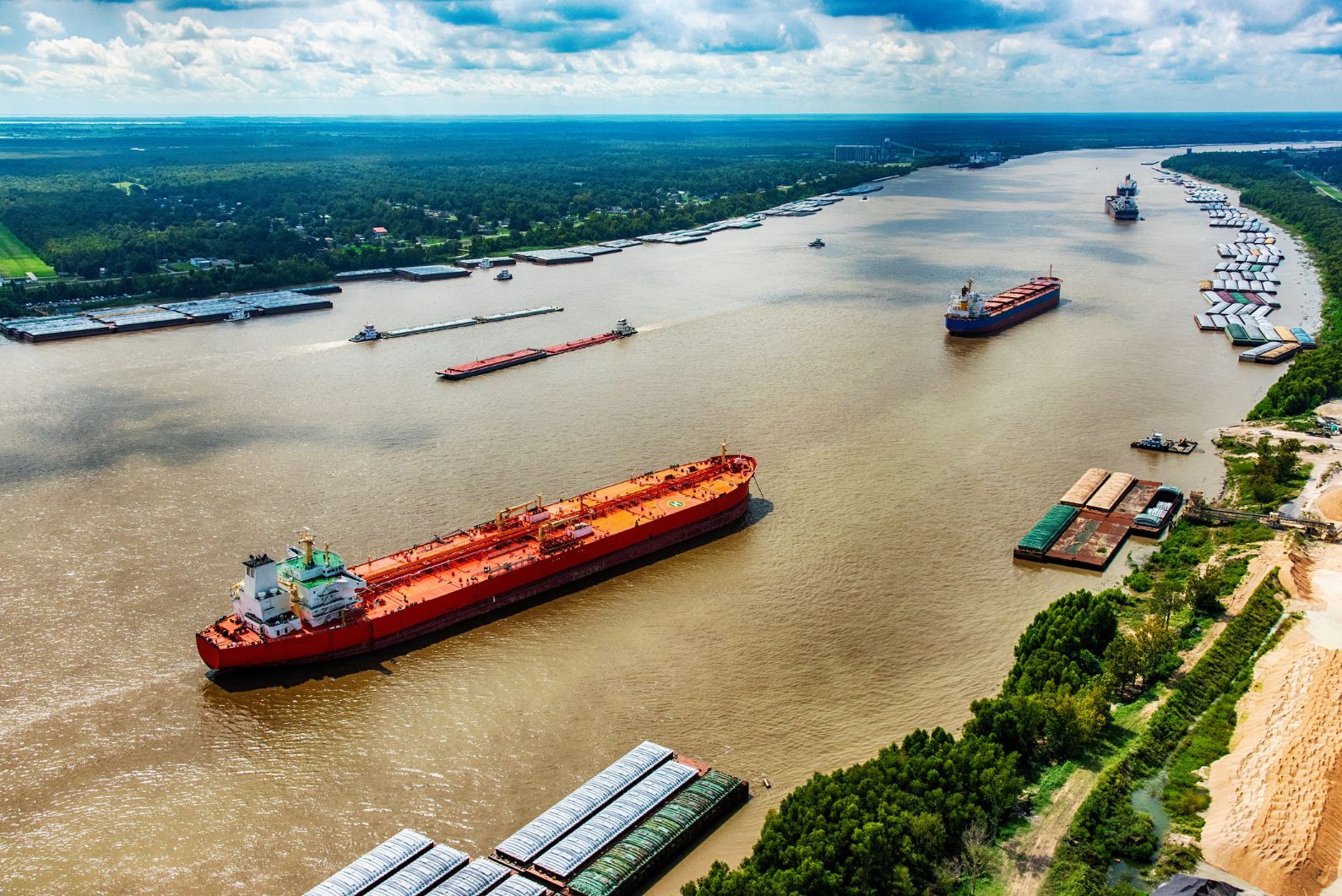
I turned the canoe around, parallel to the container, but then there was a barge coming straight for us, and there was only a 10m gap between the barge and the metal container. It was like a bullet getting shot from a gun. We were shot down between the containers and the barge, and then we knew the wake was coming from the engine of the barge, so almost counterintuitively, we had to turn into it. We were nose first into these huge, swell waves coming out, and we managed to surf over the top of those and paddle into a tiny industrial community.
It was actually a mechanical port for all of the barges in the region. At this point the rain was coming down so heavy, we just pulled the canoe into a tiny, grassy bank and we were just shaking. We had just diced with death twice.
We went into the community, and it had been on all the radios that there were people out on the Mississippi canoeing apparently. We got shelter that night from a young guy who had a small cabin. His dad was a barge captain and he was telling us that he’d seen boats get pulled underneath the containers and get crushed like Coke cans. So if we had gotten sucked under them then we would have drowned. There’s no doubt about it. We would have drowned.
Wow. We need a moment for a breath. We’re glad you got out, Ian.
So am I! I didn’t tell my mum and dad till we got home.
Back to quick questions. What’s the book you’ve recommended most?
I would say Braiding Sweetgrass by Robin Wall Kimmerer. It’s a book about indigenous wisdom. Specifically about one indigenous woman who became a scientist. The whole book is about her connection to the animals and the plants and the trees, and she has an incredible outlook on how to protect and respect nature, on nature as a gift, and then the wisdom of the scientific outlook as well. It’s a beautiful dichotomy of an indigenous, spiritual approach and connection to nature and then the wisdom of the scientific approach as well. It’s a magical book.
What’s your favourite photo or photos from your many adventures, and why?
One of my favourite photos was actually for a rucksack brand, Lowe Alpine. It’s a picture of a woman called Heather. She’s wearing a yellow rucksack and we’re up on these mountains in Tenerife and she’s scaling this really, really thin ridge. I love that photo. Even though it’s quite a commercial-style photo, it’s very real. It’s very in the moment, it’s evocative, with a lot of feeling in it. You can see how high we are and the knife-edge ridgeline.
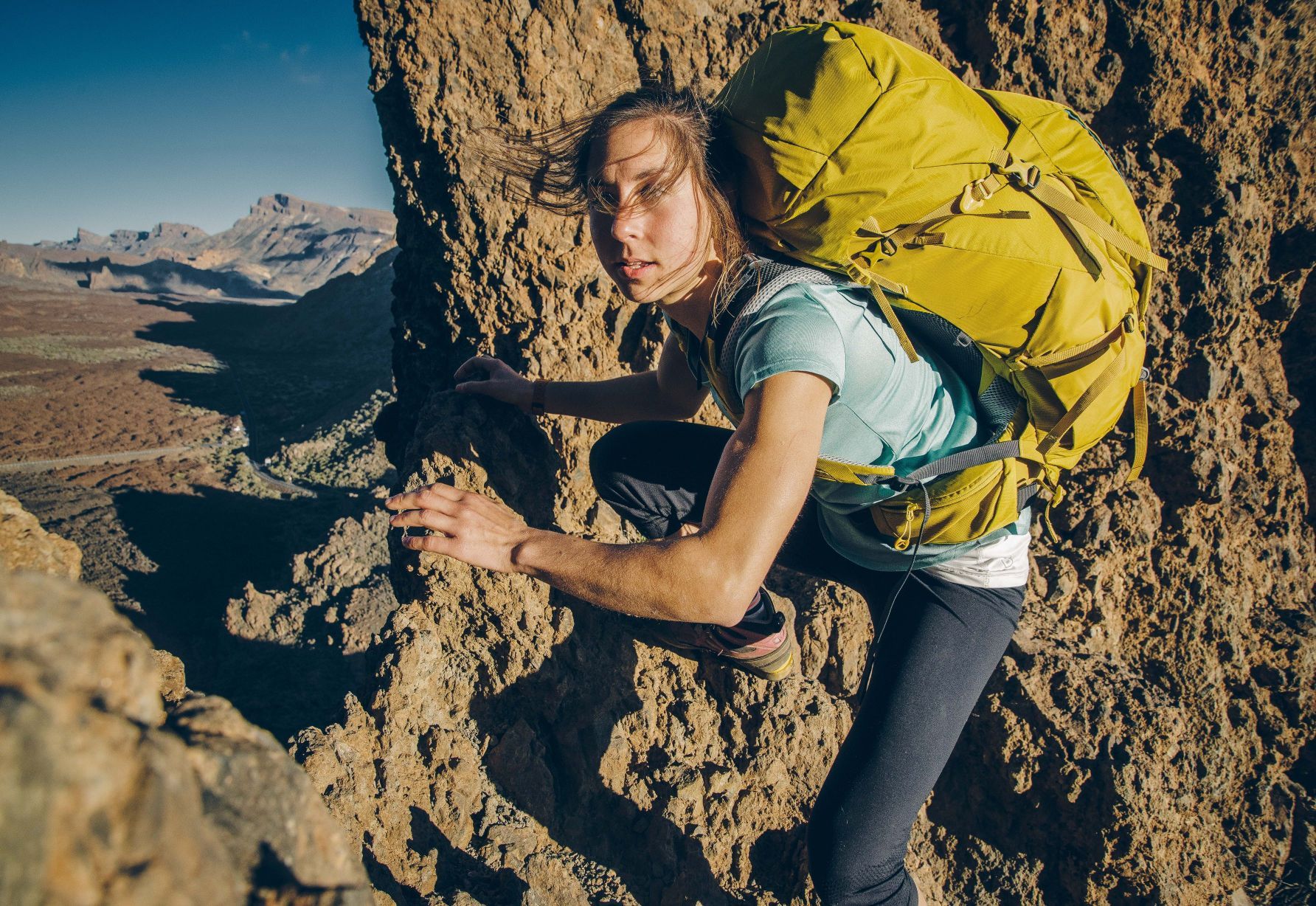
Another would be of a young proud Najavo man called Christian, who I met on an expedition. He’s in his Navajo regalia in the photograph - his clothing and eagle feathers. I just love that photo. There’s something about the colour, the regalia and everything. I still remember taking it, and I just love it.
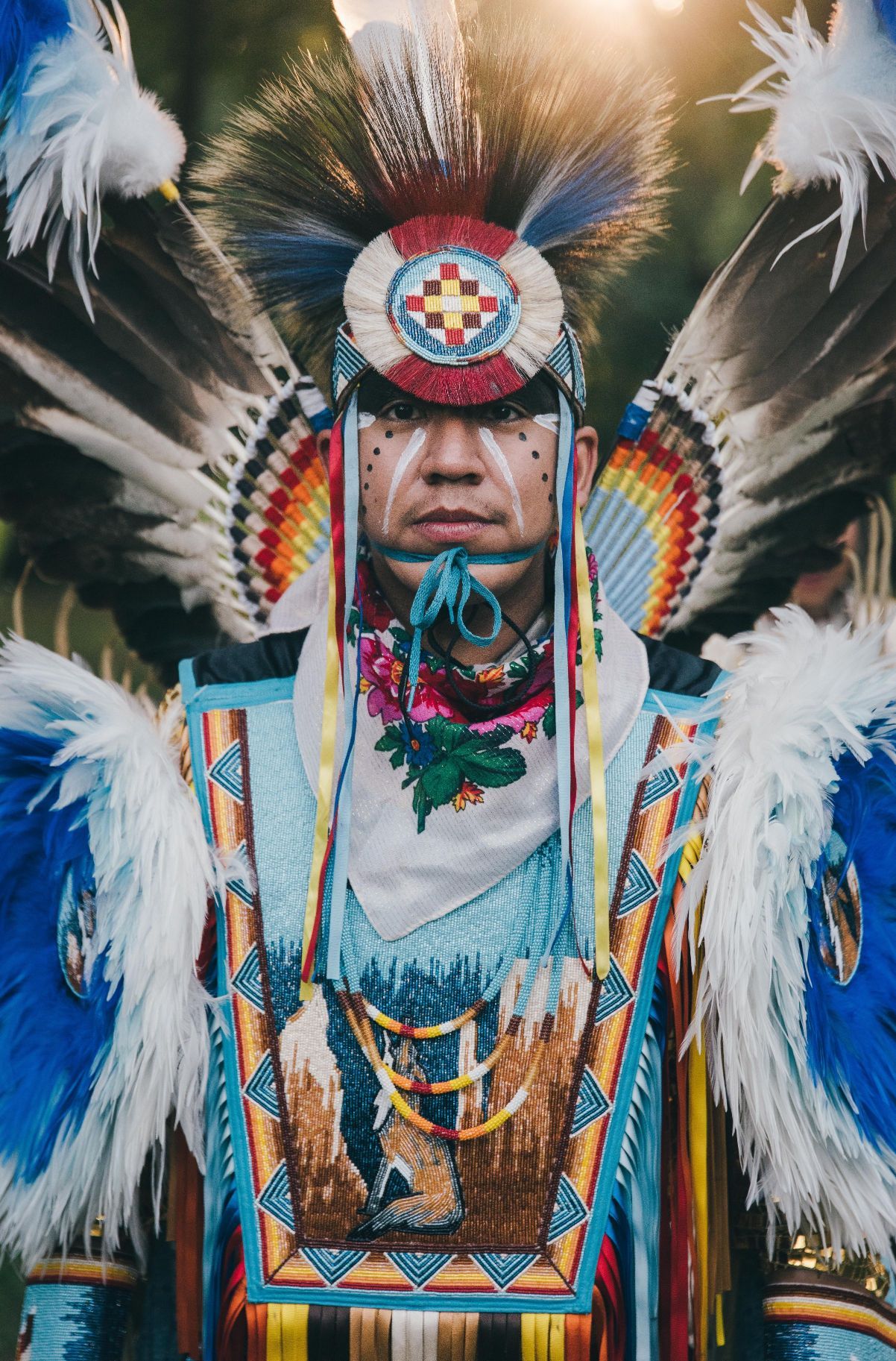
This interview transcript with Ian Finch was edited for clarity and brevity.
Inspired to travel? Join the man himself for an adventure skills weekend in the Peak District exclusively designed to help you plan, prepare and embark on your next adventure. Follow Ian Finch's latest adventures on his website or Instagram.

